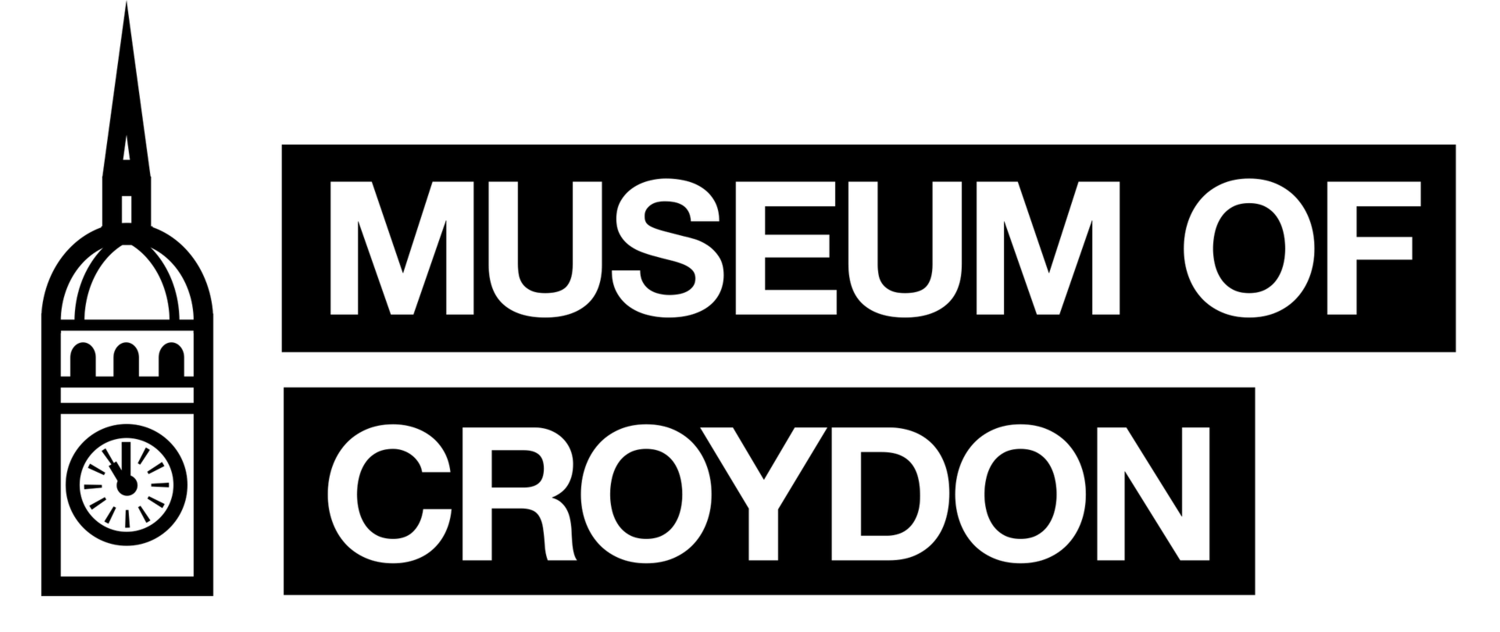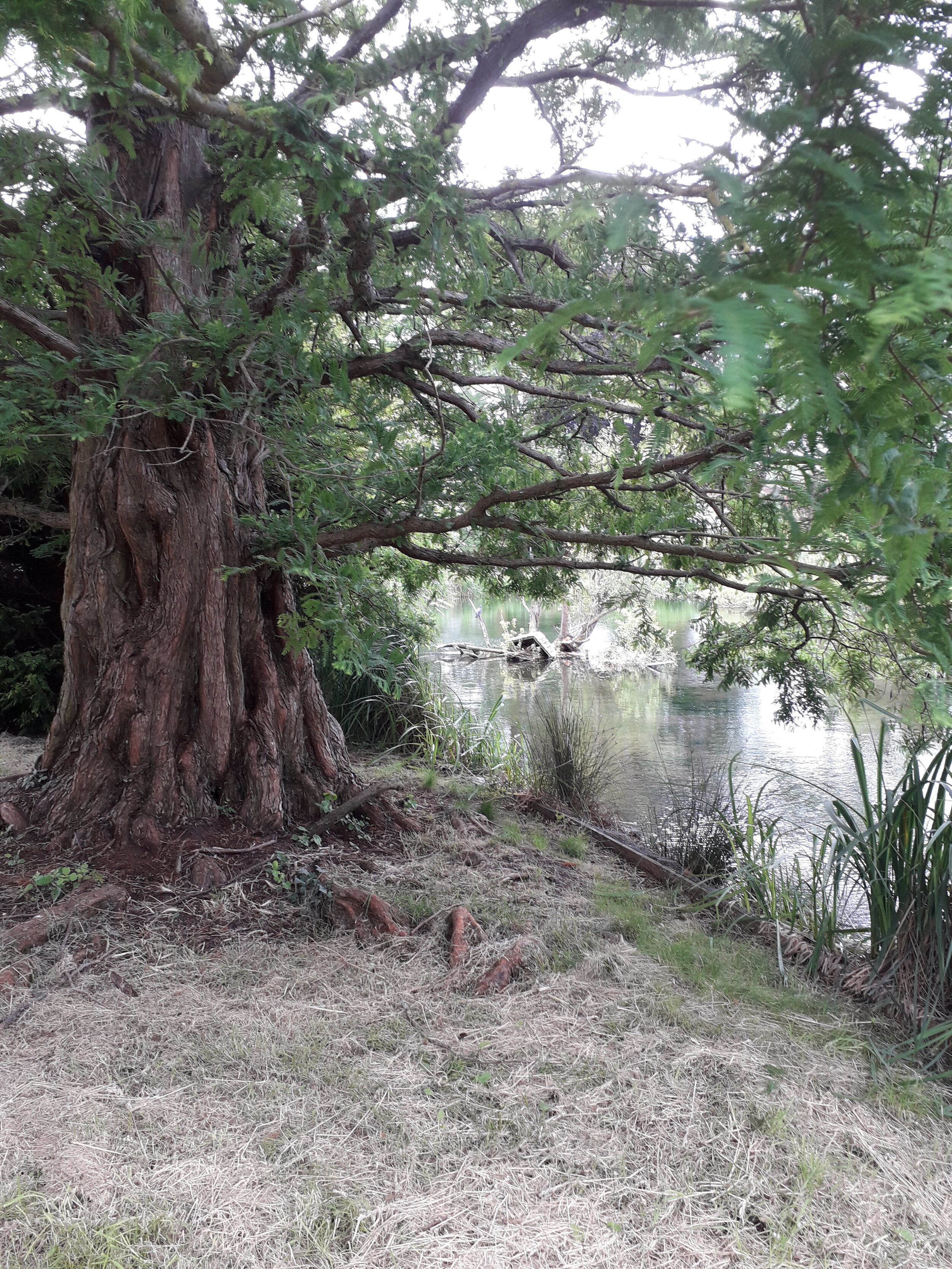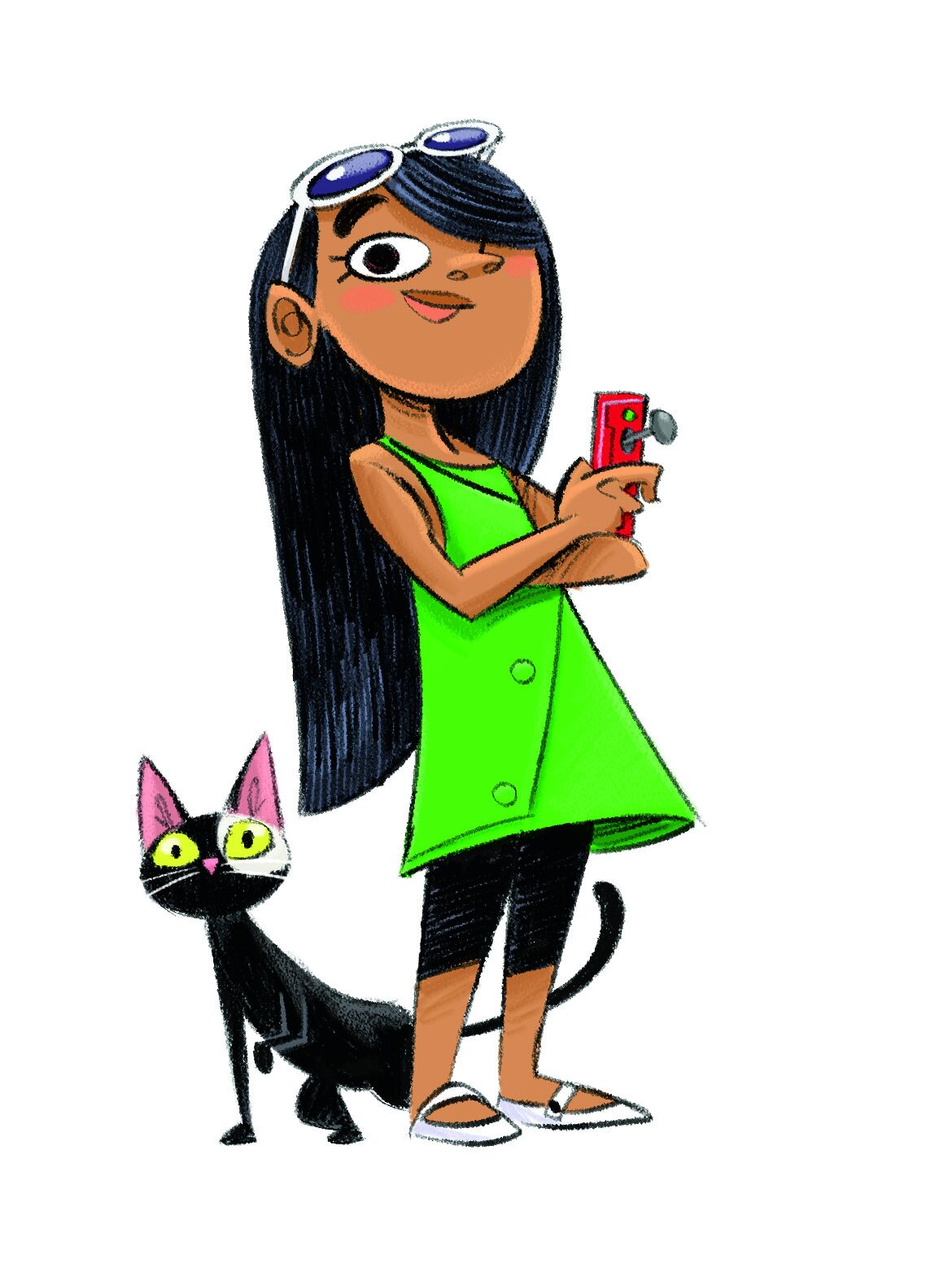
Discover the history of Croydon’s ponds
Did you know? Over 40 ponds can be found in public areas in the borough of Croydon. Some of the ponds in Croydon have been around for hundreds of years.
Ponds provide a home for a huge number of species including; plants, fish, birds, invertebrates, amphibians and even mammals. It is suggested that living or spending time close to water can be good for our mental health.
People who help to look after a local pond can make a helpful contribution to wildlife and the green space within their community. Many of the Croydon ponds, are now looked after by groups like The Conservation Volunteers (TCV) and other local ‘Friends’ volunteer groups, and just like the young heroes of Wilderville, they are taking action to save the natural world!
Visitors to the lake enjoyed swimming, boating and even skating during the cold winter months when the lake had frozen over.
South Norwood Lake
South Norwood Lake was one of two reservoirs built in the early 1800’s to keep the highest levels of the new Croydon canal filled with water. In 1836 the canal was purchased by the London and Croydon Railway Co. and some of the line from West Croydon to London Bridge follows the route of the canal. After the canal closed, the lake was left neglected for a number of years before being sold to Norwood Sports Club in 1881.
In 1931, the Croydon Corporation bought the lake and some of the surrounding area and today the lake and its park and its wildlife is enjoyed by many. The Croydon Sailing Club have made the lake their home and fishing in the lake is also a popular sport.
Carys loves bird spotting in Wilderville with her dog Doug. We think she would enjoy a day out by South Norwood Lake to relax and read her comics and novels.
Illustrations © Heath McKenzie 2021
Brickfields Meadow Doorstop Pond ©MuseumofCroydon
Brickfields Meadow
Over 200 years ago, the first mention of a brickfield in Woodside was found in the Croydon Rate Book of 1815. Clay dug from the field was used to make bricks and in the 1880’s this Woodside brickfield was owned by Mr Parks. In 1910, Edward Handley bought the firm. The brickworks covered an area of 42 acres. The London Clay which was used to make the bricks, was dug to a depth of 80 foot (over 24 metres). It had five large kilns, (a type of oven to make the bricks hard) and seven tall chimneys. The largest kiln could hold 500,000 bricks. It was these bricks which were used to build nearly all of the houses in Shirley, West Wickham and Elmers End.
The site of the old brickworks has since been planted with large quantities of locally sourced trees and shrubs. It has a large pond where the old clay pit used to be. The pond is now full of fish and other pond life such as frogs, toads and dragonflies. Brickfields Meadow was created for local people with nature conservation at its heart.
In Wilderville Bay, Callum can often be found with Shelby the Hermit Crab. He likes surfing and rock pooling and organising litter picks along the coast. I wonder what species he could spot around the pond at Brickfields Meadow?
Illustrations © Heath McKenzie 2021
Waddon ponds ©MuseumofCroydon
Waddon Ponds
Waddon Ponds is the only place where the River Wandle can be seen in Croydon. Waddon Ponds was originally part of an estate covering an area of 2000 acres for over 500 years. The ponds vary in depth and there have been times when the weather has caused the pond to dry out completely.
Most of the ponds are given as water-gardens and you can see large weeping willow trees, trailing their branches into the water. This huggable old tree can be found at the edge of the pond. The ponds are fed by springs which arise at the junction between the beds of sand and chalk and the London Gravel beds. These springs provide good clean quality water that support a variety of birds, ducks and geese such as Canada Geese, Swans, Heron, Coots and Mallard ducks.
Wilderville’s forest ranger, Willow, loves being outdoors, rock climbing and taking care of the animals. We think she would enjoy climbing this big old tree with Hazel the squirrel.
Illustrations © Heath McKenzie 2021
Canada Geese and goslings at South Norwood Country Park (PH-07-2157)
South Norwood Country Park
In 1989 South Norwood Country Park was opened. Originally this area was used for agriculture, farming hay and other crops. An old map shows a historic house surrounded by a moat could be found on this site in the 14th century. An archaeological dig in 1974, found the remains of a wooden bridge going across the moat. From about 1865, the country park was used as a sewage farm, but due to the London clay subsoil it was not a success, the fields would flood and remain wet for months without draining away.
There are 3 ponds and a large wetland area. These areas are attractive to lots of insects like dragonflies and damselflies and a breeding population of birds and amphibians. Seeds were sown in the meadow area. A mixture of local meadow grasses and wildflowers and the clumps of trees and bushes provide excellent shelter for wildlife.
David enjoys taking his spider, ‘Webster’ camping. He records wildlife, studies insects and draws nature. He’ll have lots to record, study and draw at South Norwood Country Park!
Illustrations © Heath McKenzie 2021
Millers Pond ©MuseumofCroydon
Millers Pond
Millers Pond was the largest one of three ponds near a house called Spring Park which was also the name of the surrounding estate. It was named after the last family to own the Spring Park Farm. Millers Pond was acquired by Croydon Council in 1934 as an open space.
The pond and area around it is enjoyed by many families who come to watch the wildlife. Around the pond there is a diverse amphibian community including, frogs and toads, smooth and palmate newts. The palmate newts are very rare in London.
Marcus lives on his family’s farm. When he isn’t having fun cooking new recipes for his friends, he loves reading poetry outdoors with Charlie the Chaffinch.
Illustrations © Heath McKenzie 2021
Wandle Park (PH-96-4781)
Wandle Park
Wandle Park is one of the oldest public open spaces in Croydon. The park was opened in May 1890 by the then Mayor of Croydon who also presented the park with a polished granite drinking fountain. The huge opening event was attended by some 30,000 people. It’s biggest attraction at that time was the River Wandle running east to west through it, and the boating lake formed in the south half of the park, which was very popular.
There was originally just one central island planted with trees, then a second was created which could be reached by two small bridges or a short boat ride. The Borough’s Summer Shows were held in the park during the 1930’s and still today Wandle Park is enjoyed by many, playing host to Croydon events including the Mela and Pride festivals.
Faiza loves gaming, coding and making videos about issues that affect her neighbourhood. Faiza and her cat Mouse could make a video at Wandle Park and compare the changes the park has seen through the years.
Illustrations © Heath McKenzie 2021
Take a picture or draw some of the incredible trees, plants and wildlife you see. There’ll be lots to choose from!
Activities
Gather leaves, petals and twigs to make your own 3D natural artwork in this hands-on activity.
Challenge yourself to wordsearchs, to identify the wildlife to be found and the names of Croydon’s Ponds
Be inspired by Croydon’s Art Collection and Nature. Colour in the ‘Gamekeeper’s Daughter’ and create your own background inspired by Croydon’s nature.
We hope you have enjoyed our family ‘Wild World Heroes Learning pack’ you can find the answers to the activities here:
We welcome any feedback you have for our brand new digital learning offer! Let us know what you enjoy and tell us of any accessibility needs, ideas or concerns you have by emailing us at museum@croydon.gov.uk












